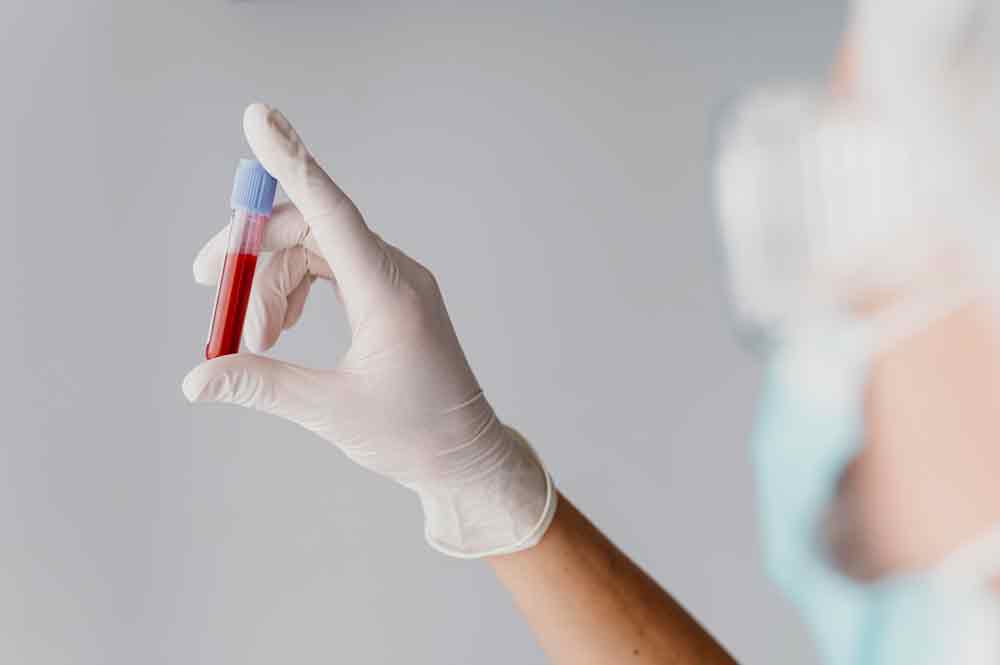Moment is World Sepsis Day, and with 5 people losing their lives to sepsis every hour in the UK, we need to take it seriously. You might be surprised to hear that sepsis kills further people than deaths from bone, bowel and prostate cancer combined. And yet a recent bean by The UK Sepsis Trust( UKST) set up that 1 in 3 of us would not treat sepsis as a medical exigency. That is why we have teamed up with UKST for this really important blog- progeny” Sepsis Savvy” this September and learn the signs and symptoms of this life hanging condition– it could save the life of someone you love.
numerous people have noway heard of sepsis, or if they have, people are frequently confused about what it is, and what signs to look outfor.However, it can take someone’s life in under 24 hours, If it is n’t treated incontinently as a medical exigency.
Although it can affect anyone of any age, pregnant women, women who have lately given birth, babies and youthful children are some of those most vulnerable to developing the condition.
Thanks to Mini First Aid, we( the UK Sepsis Trust) are suitable to partake the symptoms to look out for, and what to do if you suspect sepsis, so that you can cover yourself and your children.
We fully understand that gestation and parenting can be really stressful at times, and this blog post isn’t meant to scarify or give you ‘ another thing to worry about ’! The idea is to empower you with knowledge about sepsis so that if commodity does n’t feel right, you have the confidence to communicate your healthcare professional and Just Ask “ Could it be Sepsis? ”
what is sepsis?
Sepsis is a life– hanging condition that arises when the body’s response to an infection injures its own apkins and organs.
It occurs when the body’s vulnerable system – which typically helps to cover us and fight infection – goes into overdrive. It can lead to shock, multiple organ failure and occasionally death, especially if not recognised beforehand and treated instantly.
The most pivotal thing to understand is that sepsis can be touched off by any infection. Some of the most common causes of sepsis in both grown-ups and children are from urinary tract infections, infected cuts or mouthfuls, a crack from trauma or recent surgery and casket infections.
still, sepsis can affect in organ failure, possible amputation and indeed death, If not caught snappily enough. still, with early opinion it can be treated with intravenous antibiotics and fluids, and the outlook is frequently good for the vast maturity of cases who proactively seek critical medical attention.
symptoms of sepsis
There’s no ‘ one sign ’ and it can be delicate to identify sepsis, especially in babies and youthfulchildren.However, seek immediate medical advice and Just Ask “ Could it be sepsis? ”
If you or your child display any of the symptoms below or feel more bad than you ever have ever been ahead.
Symptoms of sepsis in grown-ups
· Vocalized speech or confusion
· Extreme shivering or muscle pain
· Passing no urine in 24 hours
· Severe breathlessness
· It feels like you ’re going to die *
· Skin that is mottled or veritably pale. Darker skin tones may show colour changes in further smoothly painted areas, like the inside of the forearm or triumphs
* numerous people are surprised to see ‘ It feels like you ’re going to die ’ listed as a symptom, but this is constantly reported amongst people who have suffered from sepsis! numerous people who survive say that it was the most bad they ’ve ever felt, and that it feels incredibly shocking.
The most common symptoms of sepsis in children are
· veritably fast breathing
· A seizure or a ‘ fit ’
· Skin that is mottled or pale. As with grown-ups, darker skin may show colour changes in further smoothly painted areas, like the inside of the forearm or triumphs
· Rash that doesn’t fade when you press it
· veritably sleepy or delicate to wake
· Abnormally cold to touch
The most common symptoms in children under 5 are as over, and also include
· Not feeding
· Vomiting constantly
· Not passing urine for 12 hours
ash and hannah’s story
Mum of two Hannah’s life took a drastic turn six weeks into a joyful new routine with her new– born son, Ash. While Ash has since made a full recovery from sepsis, Hannah wants to partake how important it’s for parents to trust their gut instincts and seek critical medical attention for their child. It might just save their life
motherly sepsis
Pregnant women and women who have lately given birth are at threat of developing motherly or postpartum sepsis. This can be caused by complications during gestation or birth, invasive procedures and infections( which occasionally can be unconnected to gestation, similar as a casket infection). Some of the main causes of sepsis in this group of women are confinement, caesarean sections, dragged or dammed labour, infection following birth, andmastitis.However, it’s pivotal to seek immediate medical advice by calling 111, 999 or going straight to A&E, If you notice any of the following symptoms in yourself or a loved one. Find out about motherly sepsis then.
Poppy was 26 and pregnant with her alternate child when, at 34 weeks, she started to witness pain in her side. She has bravely participated her sepsis story with us to help raise mindfulness of the condition in this videotape
For further information about sepsis please visit The UK Sepsis Trust website and for up to date information about the work of the charity please follow our social media runners.
still, UKST offer a fully free and nonpublic support service, run by specialist NHS sepsis and ICU nursers with numerous times ’ experience, If you ’ve been affected by sepsis. They ’re passionate and devoted to help those floundering with grief, having problems with your recovery or trying to support a loved one. The platoon operate a support telephone line and dispatch service, as well as free support groups. Please click then for further information and to get in touch.
A note on antibiotic stewardship The UK Sepsis Trust state that antibiotics can beget detriment if given erroneously and croakers should always define with caution. In the case of sepsis still, they’re the single most important life– saving measure.
Thank you so much to The UK Sepsis Trust for this inestimable information– why not pass on what you’ve learned to a friend or family member? You noway know when they might need it.
Mini First Aid work nearly with The UK Sepsis Trust to make sure our coaches have the most over to date knowledge. You can learn further about sepsis at our 2 hour Baby and Child class, or hear to our sepsis podcast with NHS adviser and sepsis specialist, Dr Ron Daniels.
Stay safe this September, The Mini First Aid Team x





